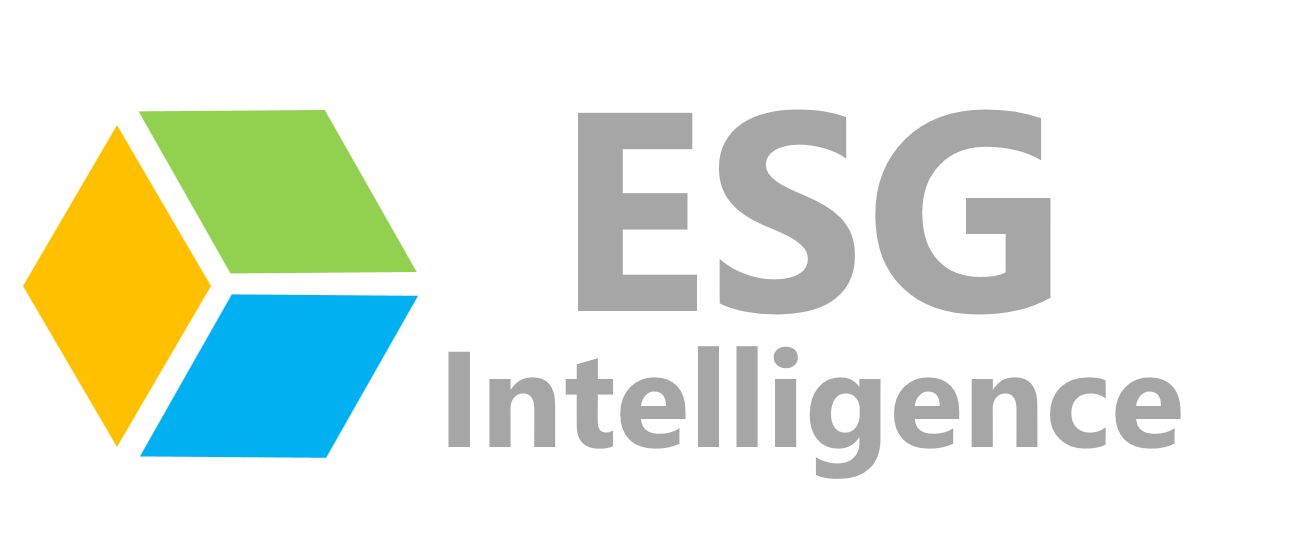Normalized Difference Vegetation Index (NDVI) is one of the most commonly used indices in remote sensing for the assessment of vegetation health. NDVI is a simple graphical indicator that uses the near-infrared and red wavelength band to assess the amount of vegetation present in an area. NDVI values range from -1 to 1, with higher values indicating denser vegetation. NDVI images can be used to identify and map vegetation cover, monitor plant growth and health, and detect changes in vegetation cover over time. Remote sensing techniques such as satellite and aerial imagery are often used to capture NDVI images.
How NDVI Technology Drives Sustainability Across Industries?
The unique benefits that this technology offers can be used to drive sustainability initiatives through various use cases such as:
Forest Management
NDVI images can be used to detect changes in vegetation cover and identify areas of forest degradation or deforestation. This information can be used to develop sustainable forest management plans and to monitor the effectiveness of conservation efforts.
Agriculture
NDVI images can be used to monitor crop growth and health, identify areas of stress, and detect pests and diseases. This information can be used to optimize crop yields and reduce the use of chemical fertilizers and pesticides. One way could be to use precision farming equipment to help farmers improve crop yields.
Biodiversity conservation
NDVI images can be used to map and monitor the distribution and health of vegetation in protected areas, which can inform conservation and management decisions.
Reforestation
NDVI images can be used to monitor the success of reforestation efforts and to identify areas where additional planting is needed.
Climate Change Monitoring
A lot of insight into changing climate and its impact has been facilitated by various remote sensing technologies, one of which is NDVI imaging. It can be used to detect changes in vegetation cover over time, which can provide insight into the impacts of climate change on vegetation patterns and different ecosystems, and this inforamtion can be utilized by researcher, scientists and policy makers to take remedial action.
Water Resource Management
In the water resource management sector, NDVI technology can be used to monitor vegitation cover and identify areas where water is being lost due to over extraction or degradation of catchment areas.
Sustainable Urban Development
Leading urban planners and architects can use this technology while planning smart and sustainable cities. The NDVI data can be used to help identify the areas where green infrastructure can be used to reduce the urban heat island effect, manage storm water and improve air quality.
